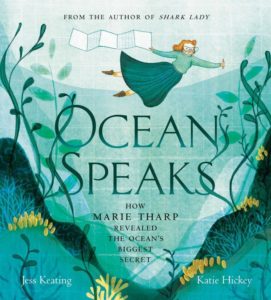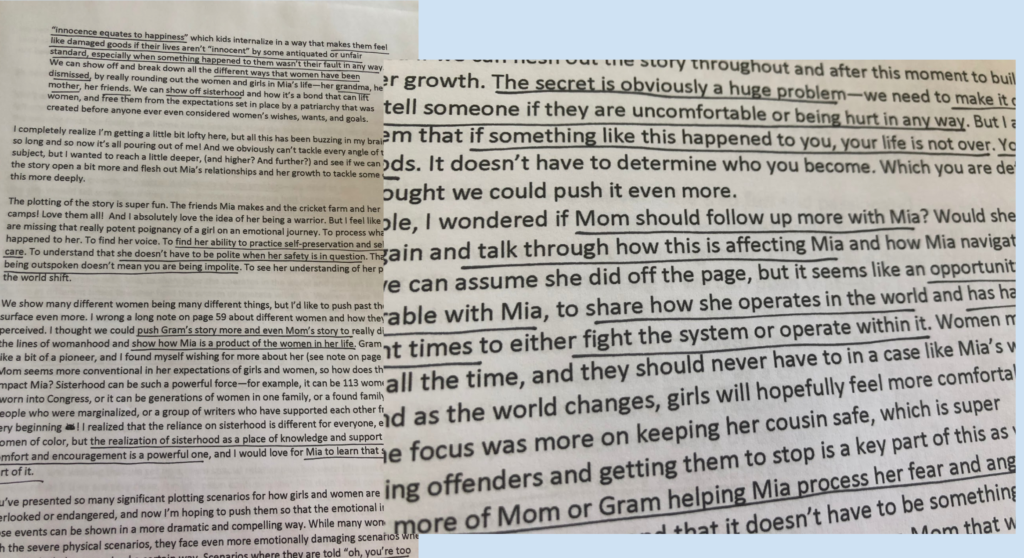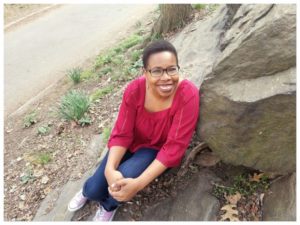

Capturing the Tide:Three Tips from Writing Real Women
Feeling daunted at the thought of distilling someone’s entire life into a picture book biography in a way that feels responsible, meaningful, and entertaining? Jess Keating here — and I’ve been there!
Here are a few tips I’ve learned from writing real women.
- Ask yourself: Am I the one to tell this story?
Unfortunately, there’s no easy quiz you can take online to help you here. But you want to read widely and reflect deeply. I can’t tell you how many times I’ve started to scribble notes about someone’s life in the margins of my notebook, only to realize with utter certainty: this is not my story to tell. Be mindful. Be aware. Is your voice the best one to share this story? If yes, keep going!
- You can’t capture the tide.
It’s too deep. Too vast. Too strong. The same goes for trying to capture every remarkable, poignant, and meaningful moment in someone’s life. Once you accept that you can’t do the impossible, your options open up. Limits serve creativity. Do you want to present a ‘slice of life’ of your subject? A chronological narrative? Something else entirely? What’s best for your subject?
- Find the beating heart and watch the magic happen.
To date, I’ve written three picture book biographies, each about women in science who did their work in the ocean. For each, I make myself answer one central question before I submit anything to an editor: How did their passions and challenges mirror the broader picture of their life’s work?
Eugenie Clark was a female shark scientist working in a time when women were largely unheard of in marine biology. Both she and her sharks were underestimated, judged, and misrepresented. There were several beating hearts to Eugenie’s rich life, but narratively, the parallel between Eugenie and her sharks was my North Star throughout.
Marie Tharp was an oceanographic cartographer who mapped the ocean floor, thereby revealing the truth behind plate tectonics. Time and time again, she was told her work was “girl talk”. (Literally.) But her brilliant mind was as solid as the ocean ridges she mapped. She didn’t just map history — she made history.
Jeanne Villepreux-Power was seamstress-turned- scientist who built the world’s first aquarium, in turn discovering the truth behind one of the ocean’s biggest mysteries: argonauts make their shells! The gorgeous parallel behind both Jeanne and her argonauts using what they have to create space to thrive was strongest narrative thread I could have asked for!
So how do you find this narrative heart? Make two columns for your subject. Put the specifics of their life in one. Then, let your mind and heart wander into a wider space. What metaphors do you see? What themes? What constants? What mirrors? They are there! Your job as a writer is to find these threads in the tapestry and create a cohesive narrative for the world to see them too. Remember: you can’t capture the tide, but you can capture one beating heart!
I wish you luck, brave writers! You got this.
Want to grow your creativity and make your best work yet? I’ve got a special gift just for you. Visit www.jesskeatingbooks.com/10secrets for a free copy of my guide, ACTIVATE: Ten Secrets to Being Wildly Creative, and give your creative career a jumpstart. I can’t wait to see how you change the world!
-Jess Keating
This Week’s Revision Tip from Kate
Revision can feel like an overwhelming job, even for professional authors. Mention revision to a beginner, especially a young writer, and they often don’t knwo where to start. So it helps to break revision down into bite-sized, manageable jobs. This is something I do with my own work. When I get editorial notes from an editor, outlining all the revisions that need to be done on a project, that letter is often ten pages long (single spaced!) so I take time to read it and think about it, and then I underline the most important things and distill those into a one-page revision to-do list. Here’s what that looked like for my MG novel, CHIRP, a mystery set on a cricket farm!



You can make your own list for revision, and so can students! Theirs might include things like:
- Add sensory details – SOUNDS
- Add sensory details – SMELLS
- Add dialogue
- Check for repetition/boring parts
- Read aloud to catch awkward writing & missing words
- Check on characters – are ACTIONS showing who they are?
Ready to make your own list? What might be some good revision jobs for the project you’re working on right now?
This Week’s Writing Prompt
This week’s writing prompt is courtesy of author Olugbemisola Rhuday-Perkovich. If you haven’t read her novels TWO NAOMIS and NAOMIS TOO, cowritten with Audrey Vernick, ask for them at your bookstore or library!


And now it’s time to write! Enjoy the journey, and try to spend at least fifteen minutes writing a few days this week. And don’t forget that Jen Vincent will be hosting a Teachers Write check-in on her blog each Sunday.It’s a chance to chat with other campers, ask questions, and share snippets of your writing for the week.
We’ll be back next week with another week’s worth of inspiration and writing!





Thanks for sharing such a great tips.
Hot galleries, thousands new daily.
http://purehomeporn.abititmusporn.topanasex.com/?myah
young porn moview claudia fernandez porn sex facts watching porn free asian xxx porn pictures amatuer wife with black porn
пригожий сайт заказать песню